In the matter of sleep aid, aerobic exercise actually lost
Recently, a large-scale study presented at the American Heart Association’s 2022 Annual Meeting on Epidemiology, Prevention, Lifestyle, and Cardiometabolic Health found:
Resistance exercise is more effective than aerobic exercise in improving sleep quality.
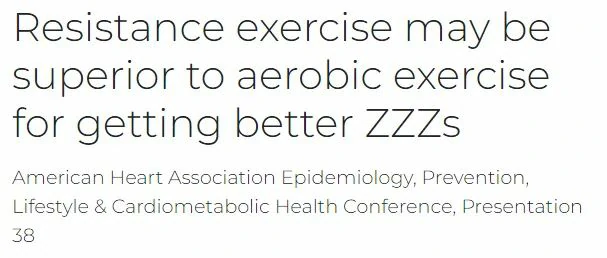
The study recruited 386 sedentary overweight or obese people, all of whom were randomized into four groups:
One group did not exercise at all (control group), and the other three groups were aerobic exercise group, resistance exercise group, and aerobic + resistance exercise group.
Each participant in the exercise group was required to participate in 60 minutes of training three times a week, of which the “aerobic + resistance exercise group” performed 30 minutes of aerobic exercise + 30 minutes of resistance each time sports. The trial lasted a total of 12 months.
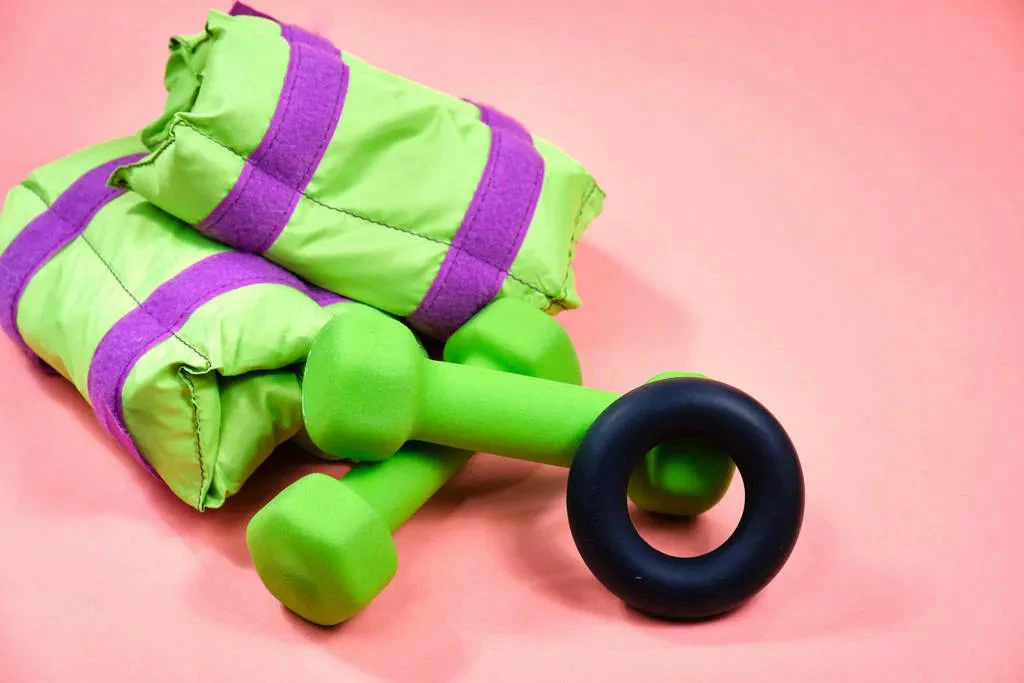
Resistance exercise is good for sleep aid
At the beginning of the study and after 12 months, the researchers conducted a variety of assessments, including measures of sleep efficiency, sleep duration, sleep latency, and sleep-disrupting factors such as snoring, coughing, waking up at night, and the presence or absence of pain. Wait).
After taking into account several factors, the researchers found: At the end of the study, sleep duration increased in all three exercise groups, with an average increase of 40 minutes in the resistance exercise group; and an increase in the aerobic exercise group. About 23 minutes; the aerobic + resistance exercise group added about 17 minutes.
In terms of sleep efficiency and sleep latency, participants in the resistance exercise group were also in the lead:
The sleep efficiency of the resistance exercise group and the aerobic + resistance exercise group increased, but the aerobic exercise group and the control group did not improve;
Only the resistance exercise group decreased the sleep latency by 3 minutes, and there was no significant change in other participating groups;
Sleep quality and sleep disturbance improved in all groups, including the inactive group.
Research suggests that both aerobic and resistance exercise can help improve health, but when it comes to getting better sleep, resistance may be better.
People with frequent insomnia or poor sleep quality may wish to consider adding two or more resistance exercises to their exercise routine.
4 principles of resistance exercise
Resistance training, also known as strength training, refers to the exercise of a certain part of the body against resistance. Generally, muscle strength is improved through multiple, multiple sets of rhythmic weight-bearing.
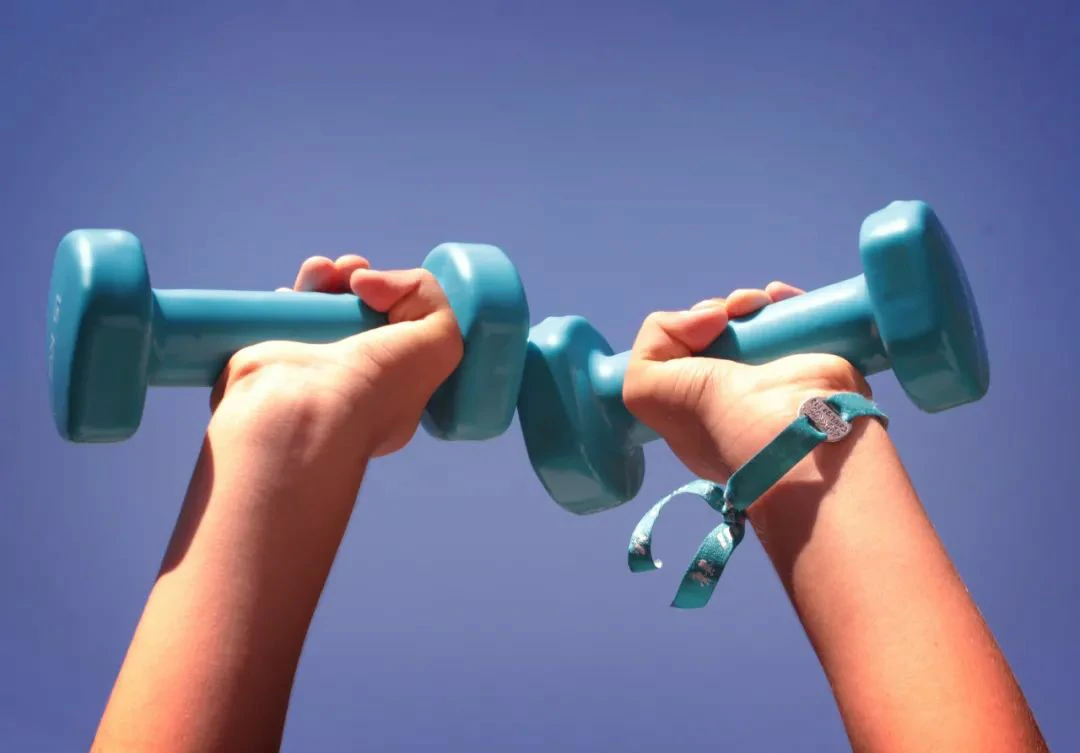
There are certain skills in resistance training, and the daily exercise should follow the following principles:
2-3 times a week
Resistance training is generally performed 2-3 times a week, with an interval of no less than 48 hours between each time, to avoid fatigue and injury caused by insufficient recovery. The weight of the equipment should be stopped after 8 to 12 repetitions of the action.
Sometimes there will be a feeling of soreness after exercise, which can be relieved within two or three days. This is a normal phenomenon. If you cannot distinguish pain and soreness by yourself, you can ask a professional such as a doctor to determine whether you can continue exercising.
Balanced exercise, targeted
A complete training should have 8-10 different movements, involving the main muscle groups of the human body and covering different parts.
You can’t just train your legs or just your arms, you have to train each part in place, and then start the next part, you can’t “grab your eyebrows and beards”.
Action to be standardized
No matter which forms, the action specification is the most important. On this basis, you can gradually increase the number of times and weight, and finally, try to increase the speed. Don’t put the cart before the horse.
Pain is an important warning sign. If you experience pain during training, it may be a strain or sprain caused by incorrect posture. Stop exercising and seek medical attention in time.
Work the big muscles first, then the small ones
Large muscle group training refers to movements that involve more than two joints, such as the bench press; small muscle group training refers to movements that engage less than two joints, such as forearm curls with dumbbells.
Many elderly people think that square dancing is a sufficient exercise every day. Square dancing is just an “activity”, which is less effective for muscle training. Dancing in one night may not be comparable to doing 20 single-leg squats.
If the elderly want to gain muscle, they can do some simple bodyweight training or light equipment training at home, such as push-ups, squats, dumbbells, etc.
Resistance training you can do at home
Many people don’t have a lot of time to go to the health room. They can practice with the help of the body’s weight, or tools such as elastic bands. For the main muscle groups of the body, bodyweight training has its most suitable movements.
resistance band
The elastic band is easy to use, easy to carry, and suitable for building the endurance of large muscle groups.
Exercise the gluteus maximus, standing or leaning over, fix one end of the rope in a lower position, and fix the other end on one foot with an ankle strap, exhale to lift the leg back and up, hold for 1 to 2 seconds , inhale to restore, and switch legs.
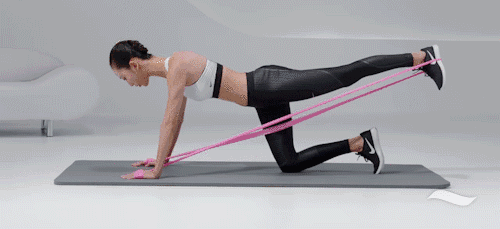
To practice the pectoralis major, wrap the elastic band behind the shoulder blades and hold it with both hands to do push-ups.
Each muscle completes the action 12-20 times/group, 2-3 groups/time, 2-3 times a week.
plank
Plank support is a static exercise, which can exercise the muscles of the abdomen and buttocks of the body to some extent.
Lie on your stomach, with your elbows shoulder-width apart, your elbows supported on the ground, and your upper arms and torso should be kept at 90 degrees as much as possible. Put your toes together to reduce the support area. Straighten the neck naturally, look forward and downward with the eyes, keep the chest straight, keep the head, shoulders, hips, and lower limbs on the same plane, and tighten the abdominal muscles and pelvic floor muscles.
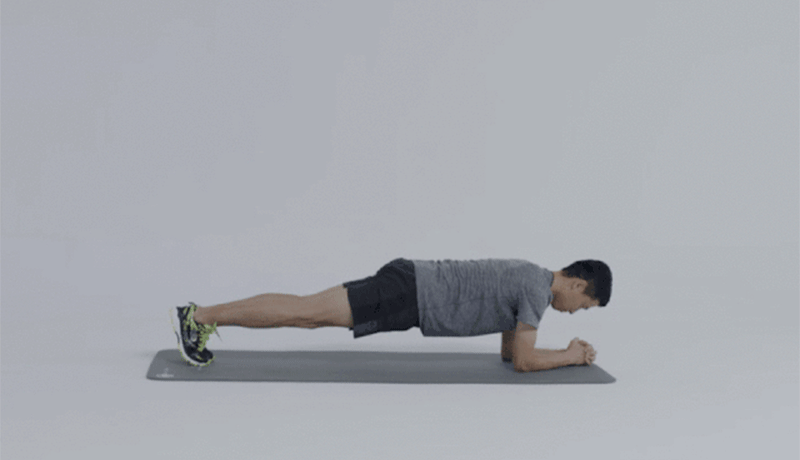
Breathe naturally, do not hold your breath, and do not drop your hips or lean to your sides.
hip bridge
This move primarily works the glutes, but also works the core, hamstrings, quads, and hip flexors.
Lie on your back with your knees bent at a right angle; pedal hard on the ground with your heels, contract your hamstrings and glutes hard, and lift your hips off the ground as high as possible.
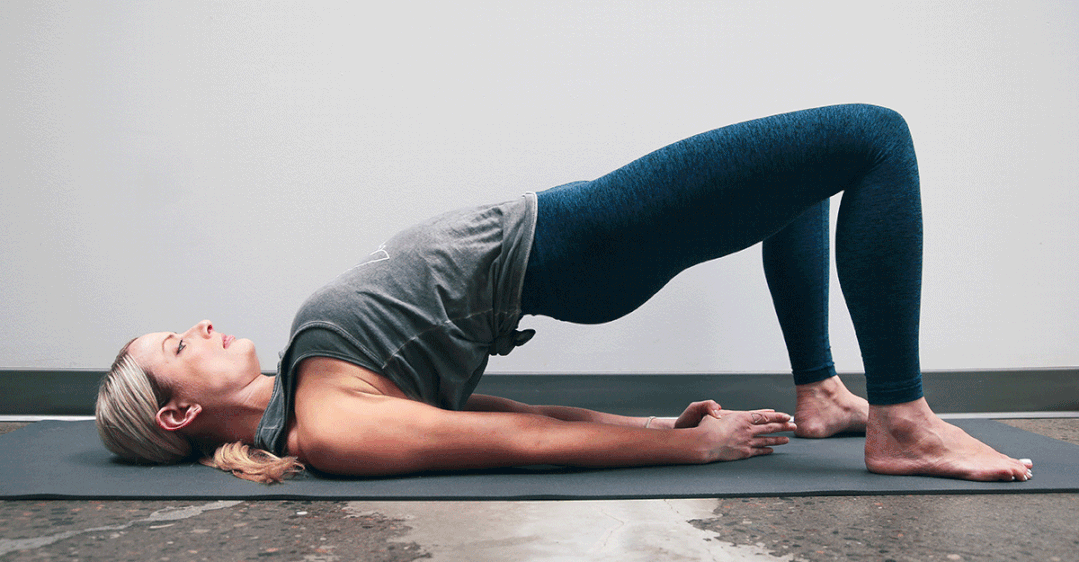
At the top of the movement, hold this position for 3 seconds, then lower your body back to the starting position. 10 times for 1 set, do 3 sets each time.
squat
Squats work the muscles of the thighs and buttocks.
Keep your head up high and your feet shoulder-width apart. With your feet parallel, keep your knees in the same direction as your toes when you squat.
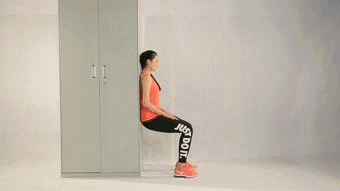
Squat down slowly until the angle between the thigh and the calf is less than 90 degrees, but not close, about 70 to 80 degrees, and then stand up with the thighs forward until you stand straight.
push-ups
Push-ups are a training method that mainly exercises the upper limbs, waist, and abdominal muscles. When doing push-ups, keep your hands naturally shoulder-width apart and keep your abs tight at all times.
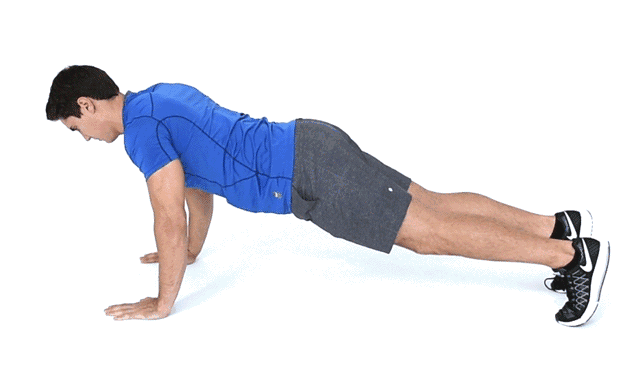
Before doing push-ups, you need to do a detail of adducting the elbows; at the highest point, bending the elbows properly can keep the shoulder joints retracted well, and the purpose is to better exercise and stimulate the chest muscles.